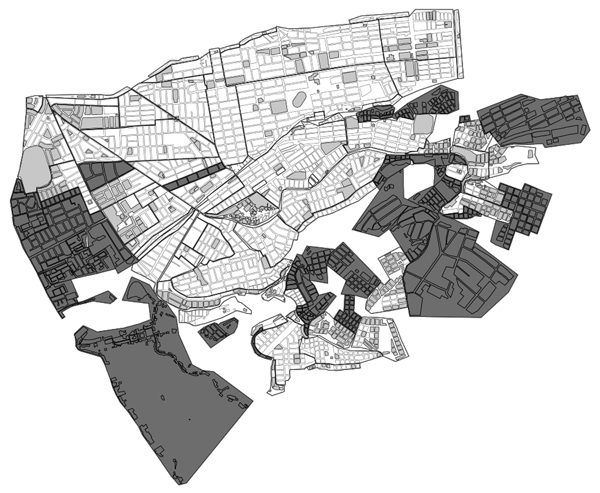Volume 20, Number 12—December 2014
Research
Residual Infestation and Recolonization during Urban Triatoma infestans Bug Control Campaign, Peru1
Figure 1

Figure 1. Areas targeted for Chagas disease vector control in the Paucarpata District, Arequipa, Peru. Small units are city blocks and large units are localities. Dark gray indicates localities not infested; light gray indicates areas targeted; and medium gray indicates nontargeted city blocks within infested localities.
1The authors have provided a Spanish version of this article online (http://www.spatcontrol.net/articles/Barbu2014/traduccionEspanol.pdf).
Page created: November 18, 2014
Page updated: November 18, 2014
Page reviewed: November 18, 2014
The conclusions, findings, and opinions expressed by authors contributing to this journal do not necessarily reflect the official position of the U.S. Department of Health and Human Services, the Public Health Service, the Centers for Disease Control and Prevention, or the authors' affiliated institutions. Use of trade names is for identification only and does not imply endorsement by any of the groups named above.